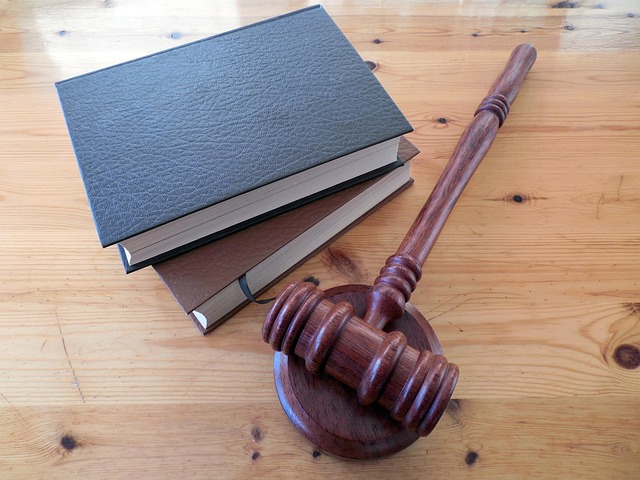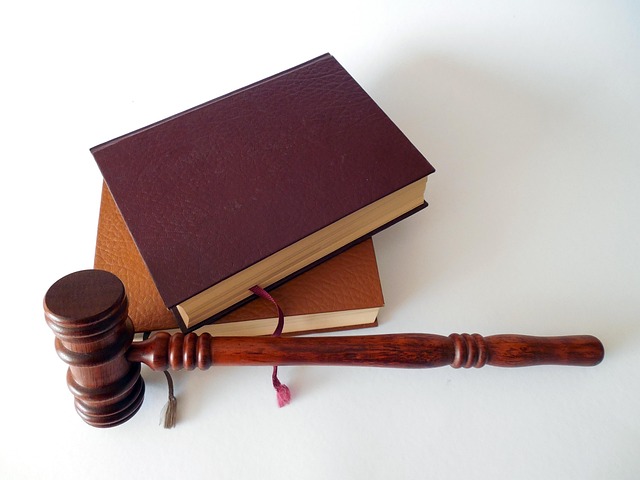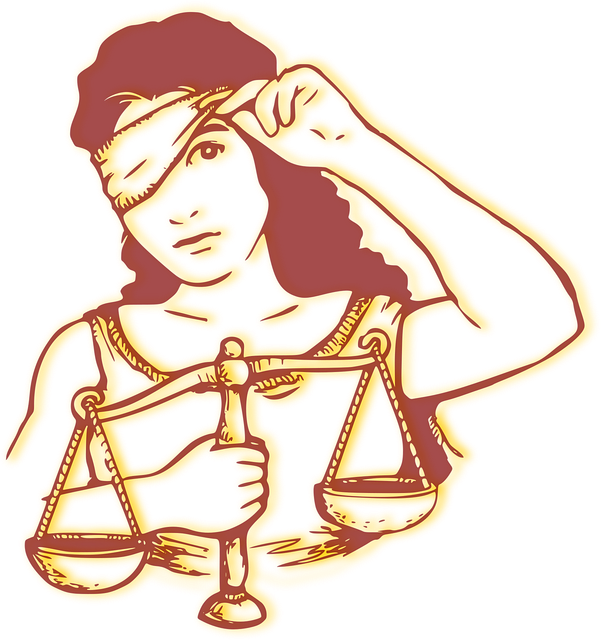Public corruption, driven by power imbalances and competing interests, erodes trust and distorts competition. Key causes often involve misunderstandings within partnerships due to unclear roles, power disparities, or conflicting interests. Effective prevention includes strong laws, transparency, ethical conduct, and specialized white-collar defense strategies scrutinizing motivations and incentives. Combating corruption requires a multi-faceted approach: robust ethics guidelines, regulations, enforcement (like financial disclosures), collaboration between law enforcement, whistleblowers, and communities, and encouraging whistleblowing without retaliation to promote accountability and deterrence for the common good. Specifically, understanding Common Causes of Partnership Disagreements is vital for navigating and mitigating these issues.
Public corruption charges have far-reaching consequences, undermining public trust and impairing economic development. This article delves into the intricate world of public corruption, exploring its legal definition, impact, historical triggers, and the role of power dynamics. We analyze common causes behind partnerships’ disagreements, revealing incentives that fuel corrupt practices. Additionally, practical strategies to combat and prevent these charges are presented, offering insights for policymakers, businesses, and citizens alike to foster a more transparent and accountable society.
- Understanding Public Corruption Charges: Legal Definition and Impact
- Common Triggers for Corruption: A Historical Perspective
- The Role of Power Dynamics and Incentives in Corrupt Practices
- Strategies to Combat and Prevent Public Corruption Charges
Understanding Public Corruption Charges: Legal Definition and Impact

Public corruption charges encompass a range of illegal activities where public officials abuse their power for personal gain. This includes acts such as bribery, fraud, and embezzlement. Legally, it’s defined as the misuse of public office for private advantage, often involving illicit monetary exchanges or favoritism in government contracts. The impact is profound—eroding public trust, distorting market competition, and undermining democratic institutions.
Common causes include economic incentives, political pressure, and personal ambition. In many cases, partnerships between business and political communities can lead to misunderstandings and disagreements, sometimes escalating into allegations of corruption. These disputes often arise from conflicting interests, unclear roles, or disparities in power dynamics. Effective prevention strategies involve robust legal frameworks, transparent processes, and the promotion of a culture emphasizing ethical conduct within both philanthropic and political circles, supported by specialized general criminal defense or white-collar defense strategies.
Common Triggers for Corruption: A Historical Perspective

Throughout history, public corruption has been a persistent issue, with various factors contributing to its emergence and persistence. Common triggers for corruption often stem from power imbalances, where individuals in positions of authority misuse their power for personal gain. This can be seen in historical instances where political figures have exploited their office for financial benefits, leading to scandals that have rocked societies.
Partnership disagreements, a key aspect of common causes of corruption, can arise due to competing interests and goals among those in positions of power. In high-stakes cases, the potential for significant personal or organizational gain can create an environment ripe for unethical behavior. However, it’s important to note that an unprecedented track record of successful prosecutions has also served as a deterrent, with many instances leading to complete dismissal of all charges for those who can demonstrate integrity and transparency.
The Role of Power Dynamics and Incentives in Corrupt Practices

Power dynamics play a significant role in shaping corrupt practices. When individuals or entities hold positions of authority or have access to resources, they may be tempted to abuse their power for personal gain. This is often fueled by incentives—monetary or otherwise—that create a perception of worth or benefit in engaging in unethical behavior. The pursuit of self-interest can lead to decisions that compromise integrity and transparency, ultimately resulting in public corruption. Common causes of partnership disagreements, for instance, can stem from disparities in how power and incentives are perceived and distributed among parties involved in a scheme.
Avoiding indictment and securing a complete dismissal of all charges require a robust understanding of these dynamics. White-collar defense strategies often focus on demonstrating the absence of corrupt intent or malfeasance by clients accused of public corruption. This involves scrutinizing the motivations, decision-making processes, and incentives at play to ensure that any perceived unethical behavior can be explained without implicating ill-intent or abuse of power.
Strategies to Combat and Prevent Public Corruption Charges

Combating public corruption requires a multi-faceted approach to deter potential offenders and ensure transparency. One effective strategy is strengthening ethical guidelines and regulations, coupled with robust enforcement mechanisms. This includes implementing rigorous financial disclosure policies and promoting a culture of integrity within government institutions. By fostering a strong ethical framework, governments can discourage corrupt practices and create an environment where accountability is the norm.
Additionally, collaboration between law enforcement agencies, whistleblowers, and philanthropic/political communities plays a pivotal role in exposing high-stakes cases. Encouraging individuals to report suspicious activities without fear of retaliation can lead to the complete dismissal of all charges in many instances. This collective effort not only deters corruption but also restores public trust in governance, ensuring that power is exercised for the greater good.
Public corruption charges significantly erode public trust and hinder societal progress. By understanding the legal definition, historical triggers, power dynamics involved, and implementing effective prevention strategies, we can mitigate these issues. Recognizing common causes of partnership disagreements is crucial in navigating corruption’s intricate web. Through proactive measures and collaborative efforts, it’s possible to foster transparency, accountability, and integrity in public institutions, ensuring a more just and prosperous future for all.






